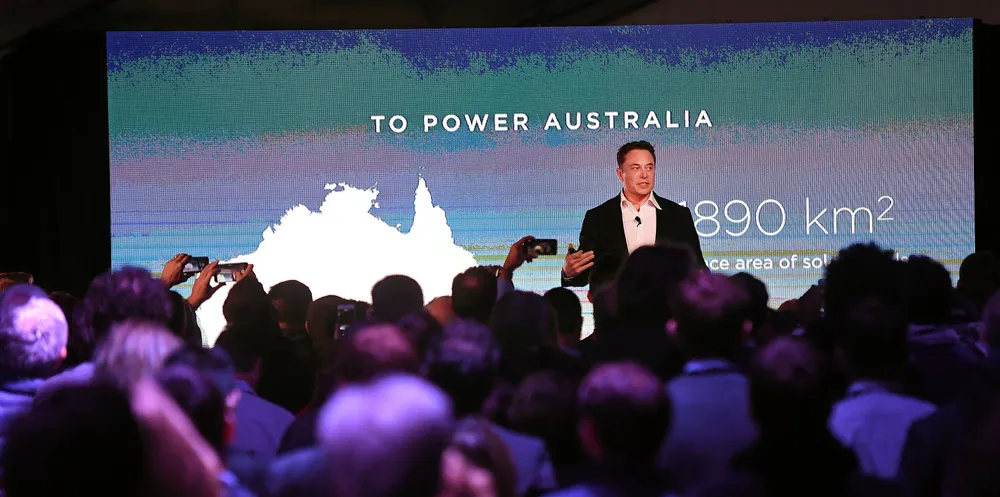The clock is ticking – can Australia deliver on its $4bn battery ambitions?
The nation's massive storage pipeline faces major challenges to meet its deadlines, writes Le Xu

The nation's massive storage pipeline faces major challenges to meet its deadlines, writes Le Xu
